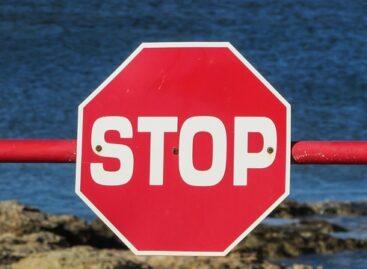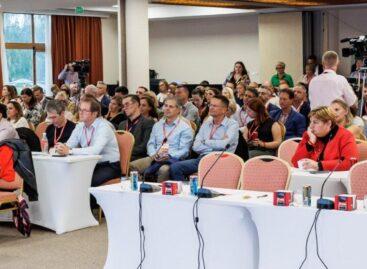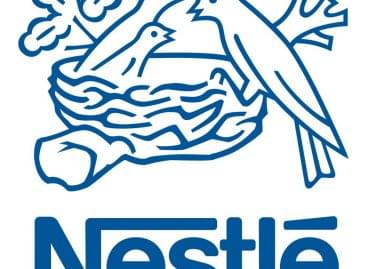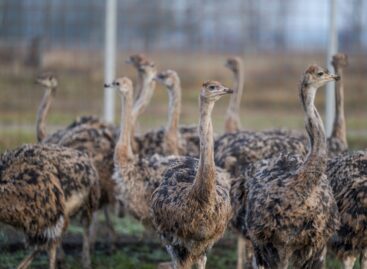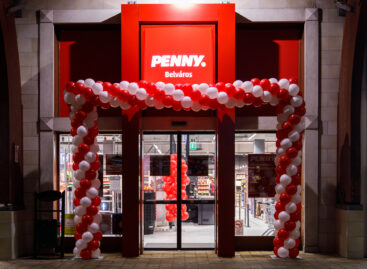Nestlé leaves Dairy Methane Action Alliance – continues methane reduction on its own track
Nestlé has announced that it will leave the Dairy Methane Action Alliance (DMAA), founded in December 2023, while maintaining its 2050 net zero commitment and continuing to reduce methane emissions from the dairy chain through separate programs. DMAA members – including Danone, Kraft Heinz and Starbucks – have committed to publicly measuring and reporting, as well as reduction plans, for methane generated in the dairy value chain.
What happened?
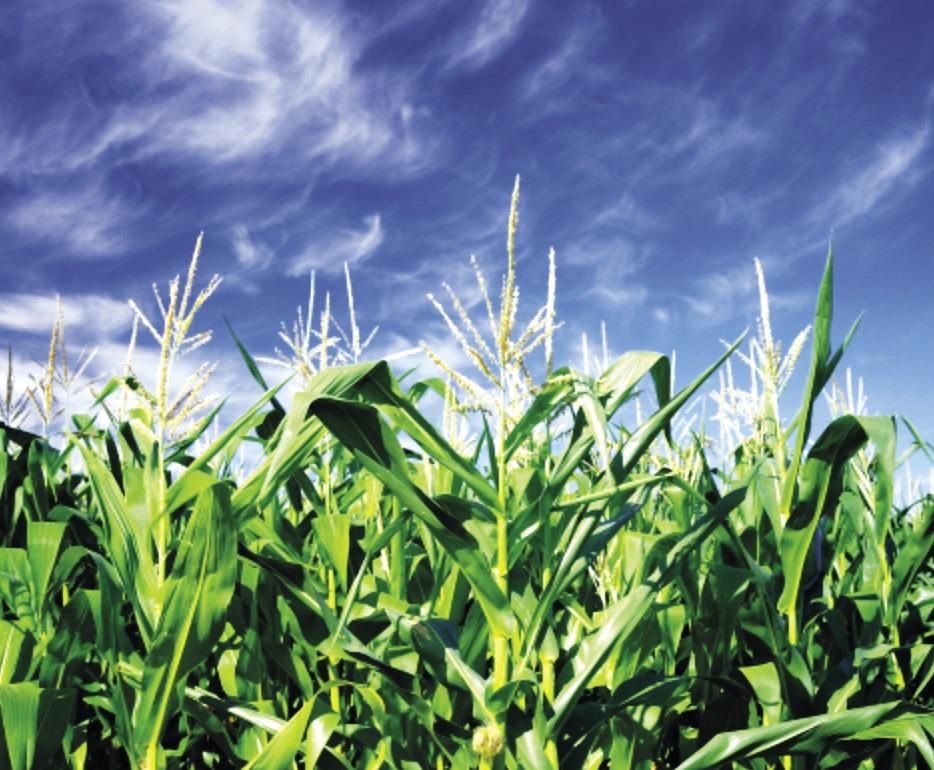
The Swiss food company said it regularly reviews its external memberships and has decided to about exiting DMAA. It did not give a reason, but highlighted that reducing methane and other GHG emissions in its own supply chains remains a priority, in line with net zero targets set for 2050. The company also announced a partnership with the World Farmers’ Organisation (WFO) to support more climate-resilient food systems.
Performance and targets
According to its 2024 non-financial report, Nestlé has reduced its methane emissions by nearly 21% compared to 2018 by the end of 2024. Methane – according to the US EPA classification – is a greenhouse gas nearly thirty times more powerful than carbon dioxide in the short term, and therefore receives special focus in corporate climate strategies. According to the Environmental Defense Fund (EDF), agriculture accounts for nearly 40% of anthropogenic methane emissions, mostly from livestock farming.
What does this mean for the industry?
Nestlé’s exit may weaken common, comparable reporting in the short term, while the company’s own programs – if they maintain auditability and transparency – can continue to exert market pressure on the supply chain.
-
Supplier expectations: dairy partners should continue to expect methane-reducing practices (feeding protocols, manure management, grazing management, biogas/flaring), data collection and standardization of measurement methodologies.
-
Funding and incentives: the partnership with WFO may indicate that Nestlé can offer advisory and sometimes financial incentives for farm-level investments (measurement devices, technologies) so that producers see not only an obligation but also a profitable development in the in methane reduction.
-
Competitive dynamics between brands: companies that remain in DMAA – e.g. Danone – communicate along common standards. Nestlé’s “unique path” may allow it to differentiate its approach (e.g. region-specific targets, different timing), but this will also increase the expectation for the publication of authentic, third-party verified data.
Related news
Product recall at Nestlé
🎧 Hallgasd a cikket: Lejátszás Szünet Folytatás Leállítás Nyelv: Auto…
Read more >We took you on a flight! (Part 2)
🎧 Hallgasd a cikket: Lejátszás Szünet Folytatás Leállítás Nyelv: Auto…
Read more >Nestlé invests GBP 28m in British instant coffee factory
🎧 Hallgasd a cikket: Lejátszás Szünet Folytatás Leállítás Nyelv: Auto…
Read more >Related news
Record-breaking Black Friday in online orders
🎧 Hallgasd a cikket: Lejátszás Szünet Folytatás Leállítás Nyelv: Auto…
Read more >Campaign launched to dispel misconceptions about meat and dairy products
🎧 Hallgasd a cikket: Lejátszás Szünet Folytatás Leállítás Nyelv: Auto…
Read more >The newest PENNY store opened in downtown Szolnok
🎧 Hallgasd a cikket: Lejátszás Szünet Folytatás Leállítás Nyelv: Auto…
Read more >
